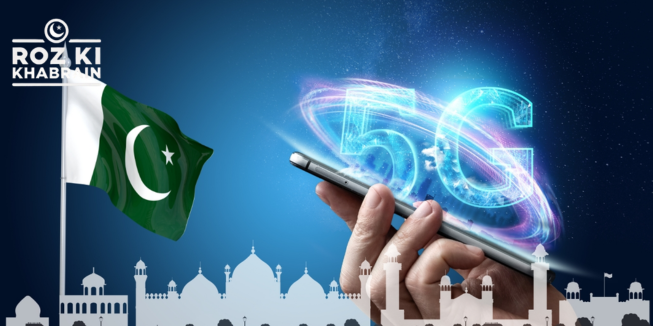Sky-gazers around the globe enjoyed a view of a partial lunar eclipse on Tuesday night as September’s full harvest moon illuminated the sky.
The moon reached its full phase at 10:35 p.m. ET Tuesday but will appear full through Thursday morning, according to NASA.
On March 5, 1979, Voyager 1 captured this image of Ganymede, Jupiter’s largest moon, from 151,800 miles (243,000 kilometers) away.
Related article: “Ancient Asteroid 20 Times Larger Than the One That Wiped Out the Dinosaurs Likely Hit Jupiter’s Moon Ganymede.”
On Tuesday evening, the moon appeared to have a “bite” taken out of it for about an hour due to a partial lunar eclipse. This occurs when Earth moves between the sun and the full moon, but they are not perfectly aligned. The eclipse was visible across Europe, Asia, Africa, North America, and South America.
The moon entered Earth’s full shadow at 10:13 p.m. ET and exited at 11:16 p.m. ET, with the peak of the eclipse occurring at 10:44 p.m. ET, according to NASA.
During a total lunar eclipse, the moon’s surface can turn a striking red, known as a blood moon. However, this week’s event will not be a total eclipse, so no such red hue is expected. Instead, a portion of the moon will appear darker.
“The eclipse (Tuesday) won’t be total, so the moon won’t turn red. Instead, a segment of the moon will darken,” said Noah Petro, NASA project scientist for the Lunar Reconnaissance Orbiter and Artemis III. “If you weren’t aware of the eclipse, it might not be noticeable. But a keen observer might see the ‘top right’ corner of the moon darker. This part is in Earth’s shadow, although only a small portion of the moon will be darkened. If the sky is clear, it’s worth a look!”
The harvest moon, which was also a supermoon, shone brightly over Scituate Lighthouse in Massachusetts on Tuesday.
September’s full moon is the second of four consecutive supermoons expected in 2024. While definitions of a supermoon vary, it generally refers to a full moon that is closer to Earth than usual, making it appear larger and brighter. Some astronomers define it as when the moon is within 90% of perigee, its closest approach to Earth.
Typically, the moon’s average distance from Earth is about 238,900 miles (384,472 kilometers), but September’s full moon was expected to be just 222,637 miles (358,300 kilometers) away, according to NASA.
Also, keep an eye out for Saturn, which will appear as a bright dot near the full moon.
The full moon was visible over a beer sign at Kauffman Stadium during a baseball game between the Kansas City Royals and the Detroit Tigers on Tuesday.
The term “harvest moon” refers to the time of year when it occurs near the start of fall, or the autumnal equinox, which is on September 22.
Though many associate the harvest moon with an orange hue, this is common for all full moons due to the thicker layer of Earth’s atmosphere near the horizon, according to EarthSky.
This time of year is when many summer crops reach their peak in the Northern Hemisphere, and the bright moon historically helped farmers work late into the evening to harvest their crops before the first frost, according to The Old Farmer’s Almanac.




